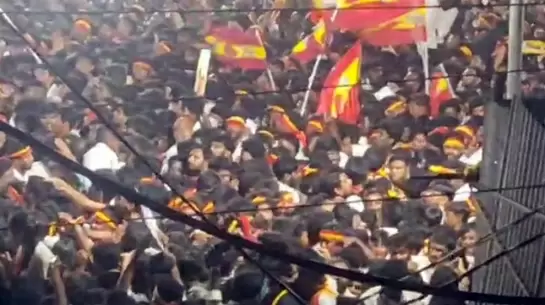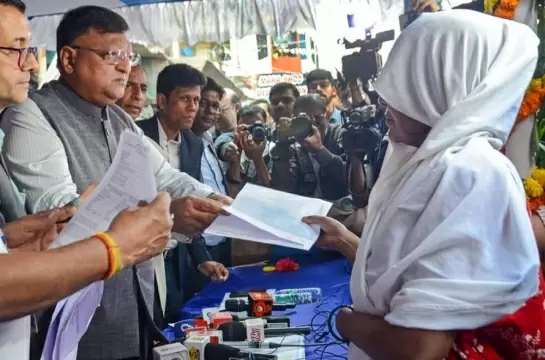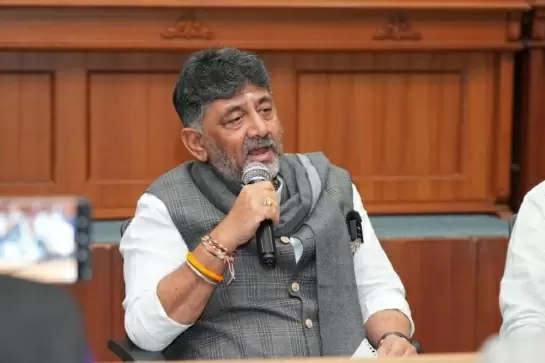Andhra coast unsafe for n-power plant: Expert
26-November-2013
A coastal site in Andhra Pradesh's Srikakulam district, earmarked for locating imported nuclear power plants, is unsuitable from the safety point of view, cautions a leading tsunami expert.
Pune-based seismologist Arun Bapat's calculations show that in the event of a tsunami arising from a high-intensity earthquake in the Sumatra region -- similar to the deadly Dec 26, 2004, quake - the Kovvada site will suffer considerable damage because much of the tsunami energy will be directed towards it.
Instead, the location of the nuclear plants could be shifted further north near Paradip in Odisha "which could be an ideal site", Bapat, who has analyzed the past tsunamis affecting India, told IANS.
The Nuclear Power Corporation of India has assigned the Kovvada site to the US-based firm GE Hitachi for building six Boiling Water Reactors to generate total power of 9,564 MW of power. The contract is yet to be firmed up.
Bapat is one of the associate scientists of the International Earthquake and Volcano Prediction Center based in Orlando, Florida, in the US. He had predicted the Dec 26, 2004, tsunami long before it happened.
According to Bapat, the occurrence of tsunamis is a result of large magnitude earthquakes. "The large geological or tectonic faults in the Sumatran and Andaman regions have generated a number of moderate to large magnitude earthquakes during the last 100 years or so," he said in a recent report published in the journal Current Science.
"If we know the fault plane solutions of these past historical seismic events, then the likely direction of tsunami waves could be easily determined," he says.
As a thumb rule, he says, the energy and height of tsunami waves are minimum in the direction along which the fault ruptures, and are highest at right angles to the direction of rupture.
Bapat points out that the proposed location of atomic plants on the Andhra coast "is at about 40 to 45 degrees to the direction of rupture" of fault in the Sumatran region and hence vulnerable to tsunamis.
Paradip in the Orissa coast lies almost in the direction of rupture and hence is less at risk.
In support of this analysis, Bapat points out that during the Dec 26, 2004, earthquake, the rupture extended towards northwest along the Sunda trench for 1,200 km to the Andaman Islands.
The resulting tsunami severely damaged the Nagapattinam area on the east coast of India that was almost at right angles to the northwest end of the rupture.
The city of Galle in Sri Lanka and the Thailand coast that was at right angles to the direction of rupture also suffered heavy damages while Cocos Island, which was roughly in the direction of rupture, recorded tsunami waves of only 42 cm.
He says the analysis also explains why Kolkata, Sundarbans and Bangladesh -- lying almost in the direction of the rupture -- did not suffer from the tsunami attack. - IANS
Opposition Moves to Impeach Justice G R Swaminathan; Kanimozhi Cites Loss of Public Trust
Akhilesh Yadav Slams Centre, Yogi Govt Over Pollution And SIR Drive
PM, HM Set Out To Become Historians But Became ‘Distorians’: Jairam Ramesh
Under-16s Blocked From Social Media In Australia As Ban Comes Into Force
Armed Man Arrested At Vijay’s Puducherry Rally Venue, Security Tightened









